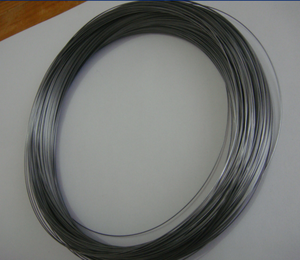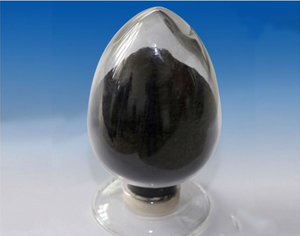A native metal is any metal that’s found in its golden type in nature, either pure or as Associate in Nursing alloy. Metals which will be found as native deposits individually and/or in alloys embrace atomic number 51, arsenic, bismuth, cadmium, chromium, cobalt, indium, iron, nickel, selenium, tantalum, tellurium, tin, titanium, and zinc.
Pure Metal are those metals that haven’t been alloyed with alternative golden elements; commercially pure metals are ninety-nine pure minimum. a number of the metals listed below are out there as commercially pure and plenty are often factory-made to be extraordinarily pure, often 99.999% minimum, mentioned as “five nines min.”

Types of metals
Metals are created by mining ore from around the world. Metal is then extracted out of the rocks in a particularly giant-scale process. There are 3 main styles of metals: ferric metals, nonferric metals and alloys.
Ferrous metals
Ferrous metals are metals that consist largely of iron and tiny amounts of alternative components. ferric metals are at risk of rust if exposed to wetness. ferric metals also can be picked up by a magnet. The rust and magnetic properties in ferric metals are each down thanks to the iron. Typical ferric metals embrace low-carbon steel, forged iron and steel.
Non-ferrous metals
Non-ferrous metals are metals that don’t have any iron in them the least bit. This suggests that Non-ferrous metals aren’t interested in a magnet and that they conjointly don’t rust in the same manner once exposed to wetness. Typical Non-ferrous metals embrace copper, metal (coke cans), tin and metallic elements.
Metal Alloys
Alloys are substances that contain 2 or a lot of completely different metals and sometimes alternative components. The metals are fastidiously chosen and mixed to realize specific properties, these embrace reducing the temperature creating the alloy lightweight weight, etc.
Only gold, silver, copper and also the noble metal metals occur in nature in larger amounts. Over geologic time scales, only a few metals will resist natural weathering processes like a chemical reaction. This is often why solely the less reactive metals like gold and noble metal are found as native metals. The others sometimes occur as isolated pockets wherever a natural action reduces a typical compound or ore of the metal. This leaves the pure metal behind as little flakes or inclusions.
Differences Between Associate in Nursing Alloy and a Pure Metal
Each metal has its own characteristic mass, temperature and physical properties. mixture 2 or a lot of those metals into a mix with a replacement set of properties forms Associate in Nursing alloy, a composite metal which will have strikingly completely different characteristics.
Chemical Composition
Pure metals incorporate one component. Samples of those metals contain nothing however atoms of one golden substance. Alloys contain 2 or a lot of components or alloys melted and mingled along, thus their chemical formulas incorporate one component.
Reactivity
Some pure metals react powerfully with their surroundings, oxidizing and chemical action till they become unusable. mixing these metals with less reactive metals changes their reactivity, extending the lifetime of the alloyed item. Alloying metals is one means to create them less reactive and a lot suited to the wants of the manufacturer.
Mass
Light metals like metal and Ti cut back the mass of pure metals with that they alloy. These lighter alloys play a significant role within the part trade, as they permit makers to style and build the lighter craft.
Thermal Tolerance and temperature
Alloying metals change their thermal tolerance. As they incorporate 2 or a lot of pure metals, alloys don’t have any single temperature, however instead soften over a spread of temperatures. Their molecular structure will raise the general melting range of the metal higher than that of any of its part metals.

